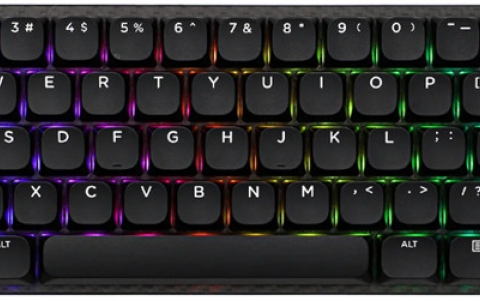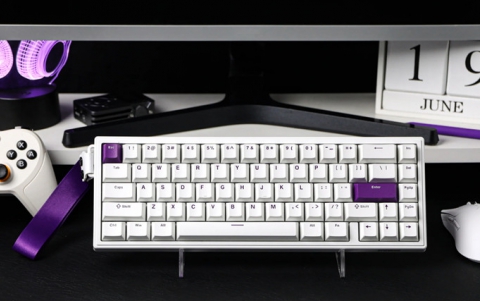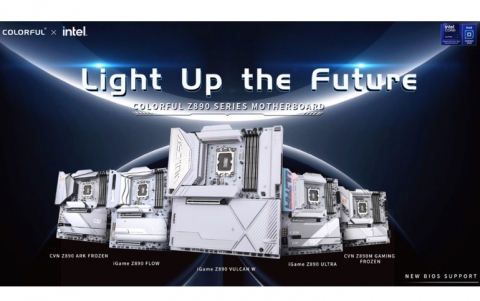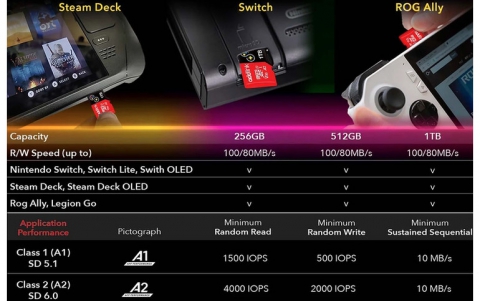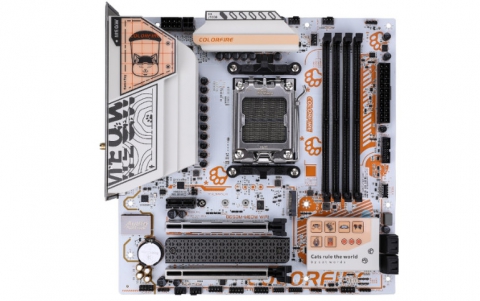Samsung TS-H552
1. Introduction - Retail Package
Review Pages
2. Transfer Rate Reading Tests
3. CD Error Correction Tests
4. DVD Error Correction Tests
5. Protected Disc Tests
6. DAE Tests
7. Protected AudioCDs
8. CD Recording Tests
9. Writing Quality Tests - 3T Jitter Tests
10. Writing Quality Tests - C1 / C2 Error Measurements
11. DVD Recording Tests
12. CDSpeed/PlexTools Scans - Page 1
13. CDSpeed/PlexTools Scans - Page 2
14. CDSpeed/PlexTools Scans - Page 3
15. CDSpeed/PlexTools Scans - Page 4
16. CDSpeed/PlexTools Scans - Page 5
17. DVD+R DL - Page 1
18. DVD+R DL - Page 2
19. BookType Setting
20. Media Supported List
21. Conclusion
Samsung TS-H552 DL Recorder - Page 1
 SAMSUNG
has been a major contributor in Optical Media Solutions since 1995.
With such a great background, the company decided to enter the
16X DVD market by
releasing its latest model, TS-H552.
SAMSUNG
has been a major contributor in Optical Media Solutions since 1995.
With such a great background, the company decided to enter the
16X DVD market by
releasing its latest model, TS-H552.
The brand new model supports 16X DVD+R, 12X DVD-R, 2.4X DVD+R DL, 4X DVD±RW, 40X CD-R and 32X US-RW.
We were further informed by Samsung that there will soon be a newer drive released, supporting 16X for both the DVD+R and DVD-R formats and 4X for Double Layer media (which will be raised to 5X with a firmware upgrade).
- Specifications
| Data Transfer Rate
|
Media Type
|
Write
|
Read
|
DVD+R DVD+R Double
|
16X (21.6MB/sec)
2.4X (3.24MB/sec)
|
8X (10.8MB/sec)
8X (10.8MB/sec)
|
|
DVD+RW
|
4X (5.4MB/sec)
|
8X (10.8MB/sec)
|
|
DVD-R
|
12X (16.2MB/sec)
|
8X (10.8MB/sec)
|
|
DVD-RW
|
4X (5.4MB/sec)
|
8X (10.8MB/sec)
|
|
DVD-ROM
|
- |
16X (21.6MB/sec)
|
|
CD-ROM
|
- |
48X (7.2MB/sec)
|
|
CD-R
|
40X (6.0MB/sec)
|
48X (7.2MB/sec)
|
|
CD-RW
|
32X (4.8MB/sec)
|
32X (4.8MB/sec)
|
|
| Burst Transfer Rate
|
PIO Mode 4 (16.6MB/sec) Ultra DMA Mode 2 (33.3MB/sec) |
||
| Average Seek Time
|
DVD : 130ms CD : 110ms |
||
| Supported Disc
|
DVD+R, DVD+RW, DVD-R, DVD-RW, DVD-Video, DVD-ROM,
CD-R, CD-RW, CD-ROM, CD-ROM/XA, CD-Audio, Video-CD, Photo CD,
CD-I(FMV), CD-Extra, CD-TEXT |
||
| Buffer Memory
|
2MB |
||
| Dimensions
(WxHxD mm) |
148.2x 42x 184 |
||
| Weight (kg)
|
0.76 |
||
Below are the drive's main specs as provided by NeroInfoTool and DVDInfoPro:

The drive uses the RPC II region control, allowing a user to change the drive's region at most 5 times. For our tests, we set the region code to 2 (Europe)


- The drive / Retail Package
 The
retail package includes the internal TS-H552 drive, a setup
guide as well as an audio cable, mounting
screws and atapi cable. Ther is also a DVD included in the package with
Instand CD/DVD 8 from Pinnacle with manual and Acrobat Reader.
The
retail package includes the internal TS-H552 drive, a setup
guide as well as an audio cable, mounting
screws and atapi cable. Ther is also a DVD included in the package with
Instand CD/DVD 8 from Pinnacle with manual and Acrobat Reader.

The front is the typical panel available on most Samsung drives with the only difference being the array of logos. Notice that there is no DVD+R DL format logo.

On the rear panel you will find the analogue and digital audio outputs (SPDIF), the IDE selection pins, the IDE connector and the power input.

Opening the device's case will void the drive's warranty, something we don't recommend. Press on the image below for an enlarged view.
The main chipset is from Mediatek and is the same series with that used on the LiteOn SOHW-1633S.

- Installation
The device was connected in our test PC and was identified as "TSST corp CD/DVDW TS-H552B " under WinXP.

The following pages include test results for the Samsung drive, compared with the Philips DVDRW1640P and Pioneer DVR-108.
We received the drive with firmware revision TS03. However, already available was version TS04 which we subsequently used for our tests.
- Testing software
In order to perform our tests we used:
Review Pages
2. Transfer Rate Reading Tests
3. CD Error Correction Tests
4. DVD Error Correction Tests
5. Protected Disc Tests
6. DAE Tests
7. Protected AudioCDs
8. CD Recording Tests
9. Writing Quality Tests - 3T Jitter Tests
10. Writing Quality Tests - C1 / C2 Error Measurements
11. DVD Recording Tests
12. CDSpeed/PlexTools Scans - Page 1
13. CDSpeed/PlexTools Scans - Page 2
14. CDSpeed/PlexTools Scans - Page 3
15. CDSpeed/PlexTools Scans - Page 4
16. CDSpeed/PlexTools Scans - Page 5
17. DVD+R DL - Page 1
18. DVD+R DL - Page 2
19. BookType Setting
20. Media Supported List
21. Conclusion











